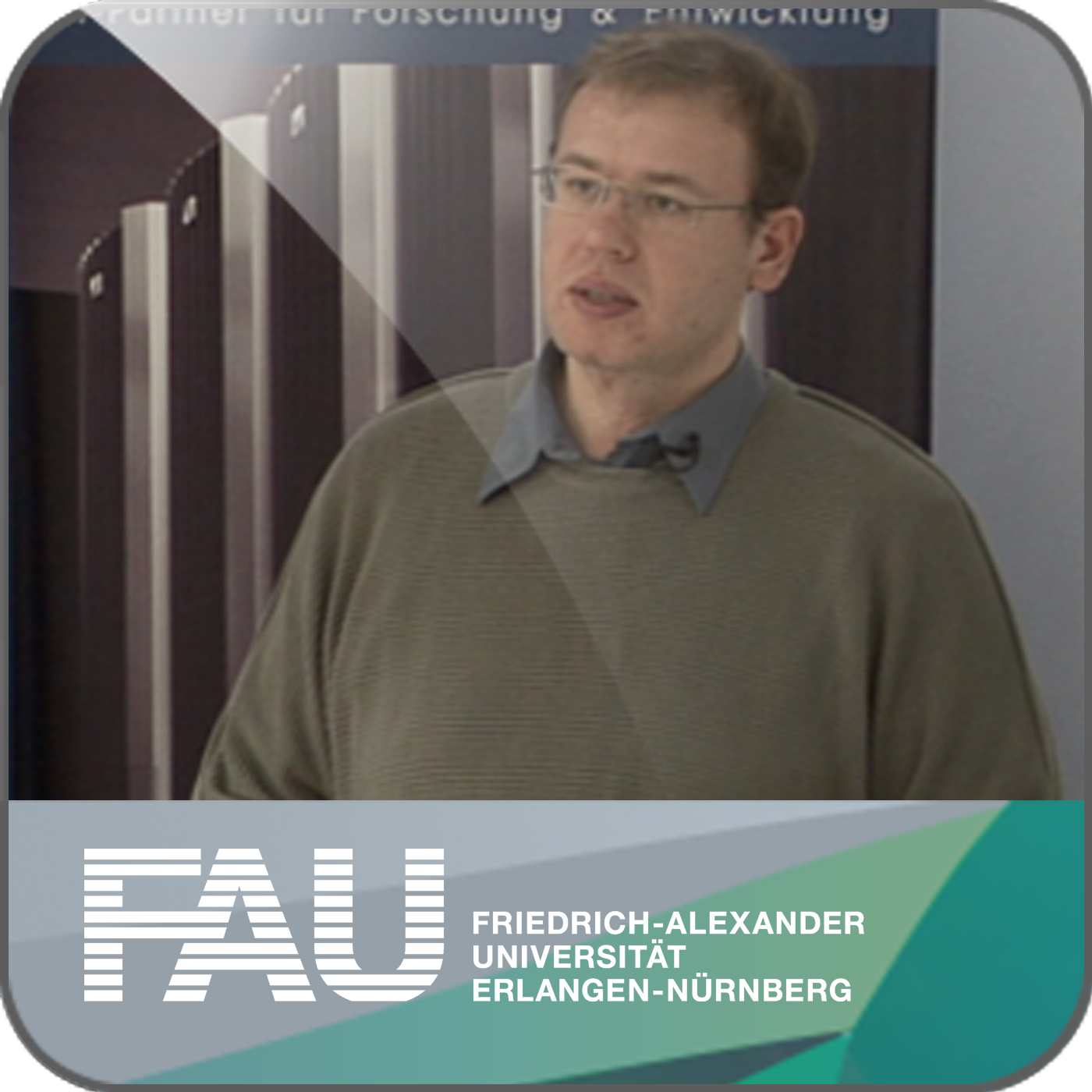Presenters
Zugänglich über
Nur für Portal
Gesperrt clipDauer
00:20:10 Min
Aufnahmedatum
2021-03-04
Hochgeladen am
2021-03-04 08:57:31
Sprache
en-US
In the field of cancer and tumor treatment, nowadays radiation therapy plays a crucial role to help patients developing cancer with methods like Intensity-modulated radiotherapy (IMRT), Image-guided radiation therapy (IGRT), and Volumetric modulated arc therapy (VMAT). For sorts of tumors located in anatomy which moves inherently (due to respiration) or naturally as of patient movement on the treatment table, in addition to deformation of tumor, the dynamic positioning of the tumor volume is essential in order to increase the success rate of treatment which translates in delivering dose more in tumor tissue and less in healthy tissues. Therefore, the movement of dynamic tumors has to be modeled carefully, and accurately in the treatment planning phases and tuned during the therapeutic irradiation to guarantee a successful treatment.
To achieve this goal, currently there are many classic machine learning strategies being developed or already in clinical use to mathematically model the tumor dynamics and mitigate and compensate the motion. This reflects mostly in respiratory movement on liver and lung targets.
Breath hold and gated radiation are utilized to optimize the margin of motion being modeled. In general, a variety of direct and indirect surveillance methods are used to collect motion signals form patient on the treatment and planning time, ranging from 3D surface scanning, external fiducial markers, implanted markers, ultrasonic tracking, and fluoroscopy images to grasp and model the real-time motion signal and run the internal 3D motion surrogate of the tumor volume. The dilemma of such and application is that patient moves in 3D spaces freely and excluding respiration, other motions does not follow a certain pattern.
Technically, a principal component analysis (PCA) can be used to separately and in a scalable fashion model the component of motion and separate angular artifacts of rotating and orbiting gantry (in VMAT) form fluoroscopic driven surrogates. It also allows to run the algorithm efficiently on a deep neural network and fine-tune in treatment-time to accurately estimate and mitigate the tumor motion and deformation. The classic implementation of such an experience is done by T. Geimer, et al. [1].
[1] T. Geimer, et al. "A kernel-based framework for intra-fractional respiratory motion estimation in radiation therapy", 2017 IEEE 14th International Symposium on Biomedical Imaging.
https://www5.informatik.uni-erlangen.de/Forschung/Publikationen/2017/Geimer17-AKF.pdf

